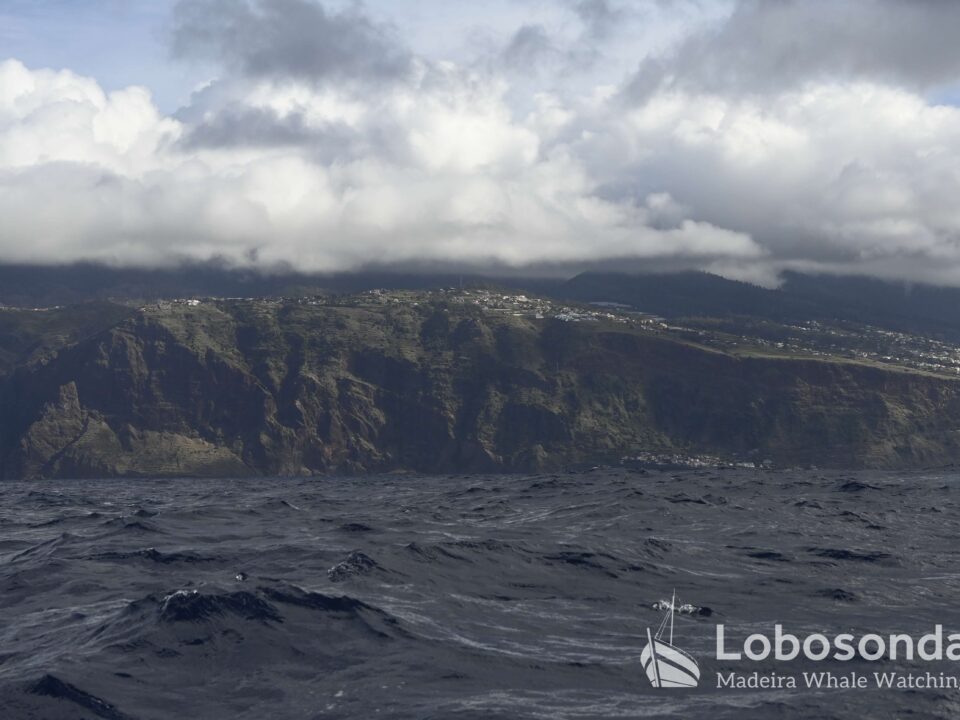
17.08.2019 – Direction sunset
August 27, 2019
19.08.2019 – Hang loose
August 29, 2019In a land far away, our story begins. In the Eocene about 50 million years ago that is, in a place we now call Pakistan, with Pakicetus inachus an ancestor to all whales today. Pakicetus looked a little bit like a 1-2 meter fox, ran around on four legs, was a mammal like us, had sharp teeth and a tail. But living close to water prompted evolutionary changes that made them more adept at swimming. Over many millions of years, their hind legs receded, and their tails grew stronger, yet they remained small.
About 27 million years ago the first whales developed baleen plates, as opposed to the teeth we see in Pakicetus and many toothed whales today. And it wasn’t until 3 million years ago, that an ice age caused the large current induced food krill and plankton supply that allowed whales to eat enough to reach their enormous potential size. An example of that was the Bryde’s whale (Balaenoptera edeni) we saw today an impressive baleen plate equipped filter feeder.
But since the Pakicetus entered the water, those many millions of years ago, other species have emerged. With the earth being mostly covered in water, there are many niches to fill, so the small dolphins we saw today: the Atlantic spotted dolphin (Stenella frontalis) and the Striped dolphin (Stenella coeruleoalba) still using teeth and never growing much larger than their ancestor, now share the waters, coexisting even though they look so vastly different.
We witnessed another extreme today, with its massive size the sperm whale (Physeter macrocephalus) is the larges toothed whale, not content with the large quantity tactics of its baleen relative, he travels deep for quality, preferring to dine on the massive giant squid, a prey weighing between 100-275 kg and it can eat several per day!
These vast differences with a single point of origin show the incredible potential of nature, as we can only wonder what the next million years will bring us, until then, we keep our eyes on the horizon and enjoy the wonders we have today.
By Scott Dorssers
Sightings of the day
Ribeira brava
15:00 Striped dolphin
Stenella
09:00 Atlantic spotted dolphin, Bryde’s whale
12:00 Striped dolphin
15:30 Sperm whale, Striped dolphin




















